
Architectural observability demo
Watch Now2025 Architecture in Software Development Report. Rethinking the role of architecture in the age of AI.
Download NowWhat if you could talk to your app’s architecture the way you talk to your favorite LLM? “Show me the top 5 classes by CPU usage in domain A,” “Find […]
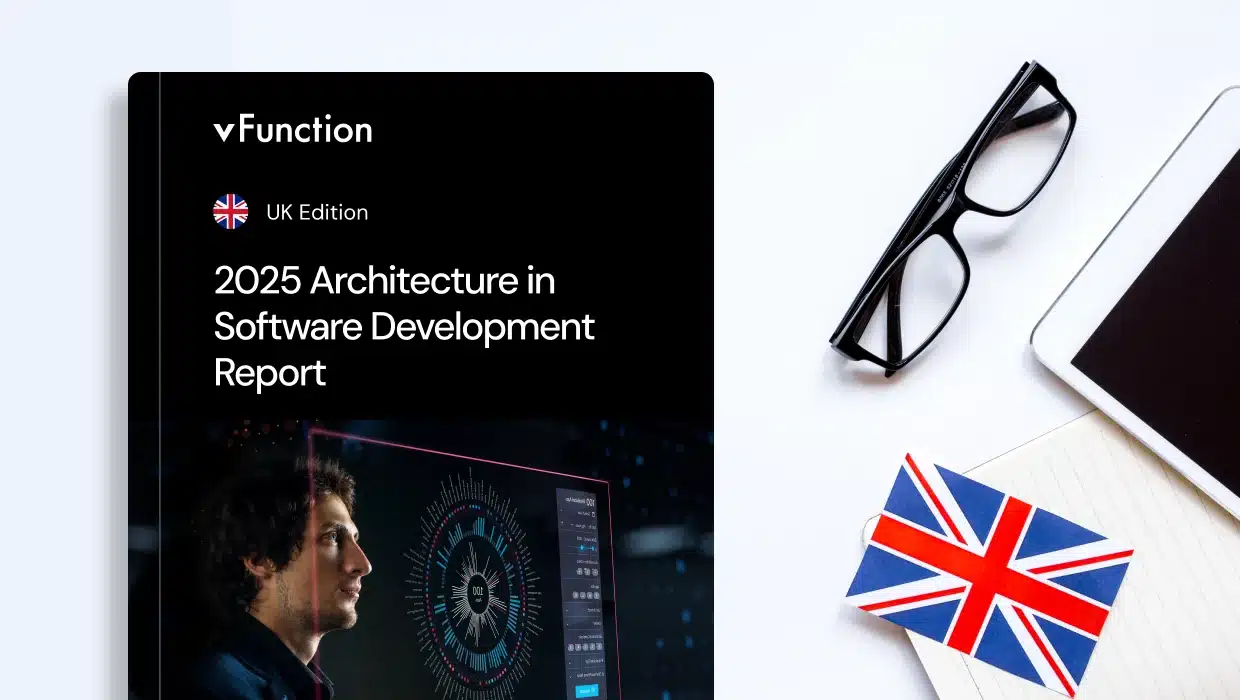
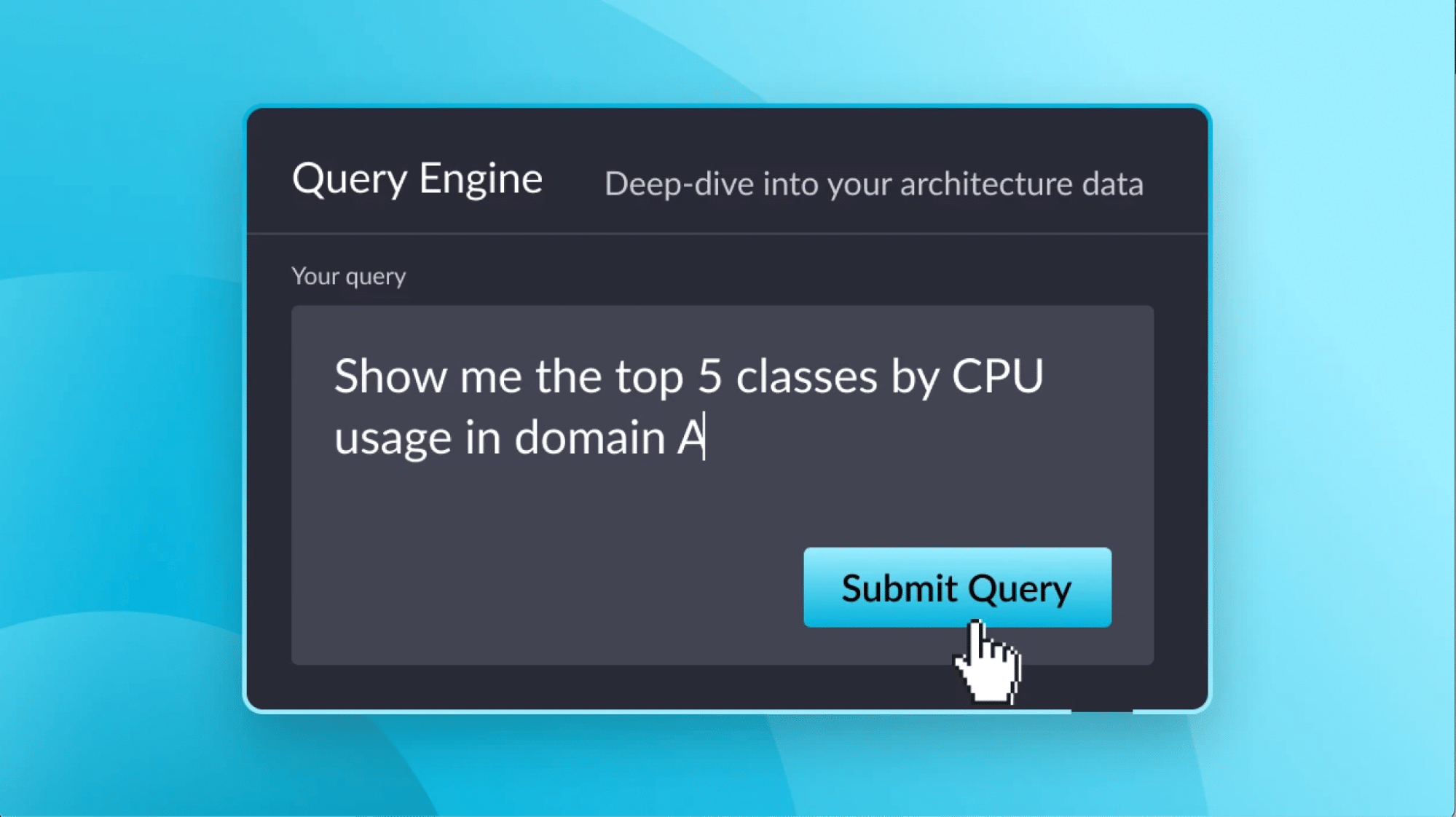
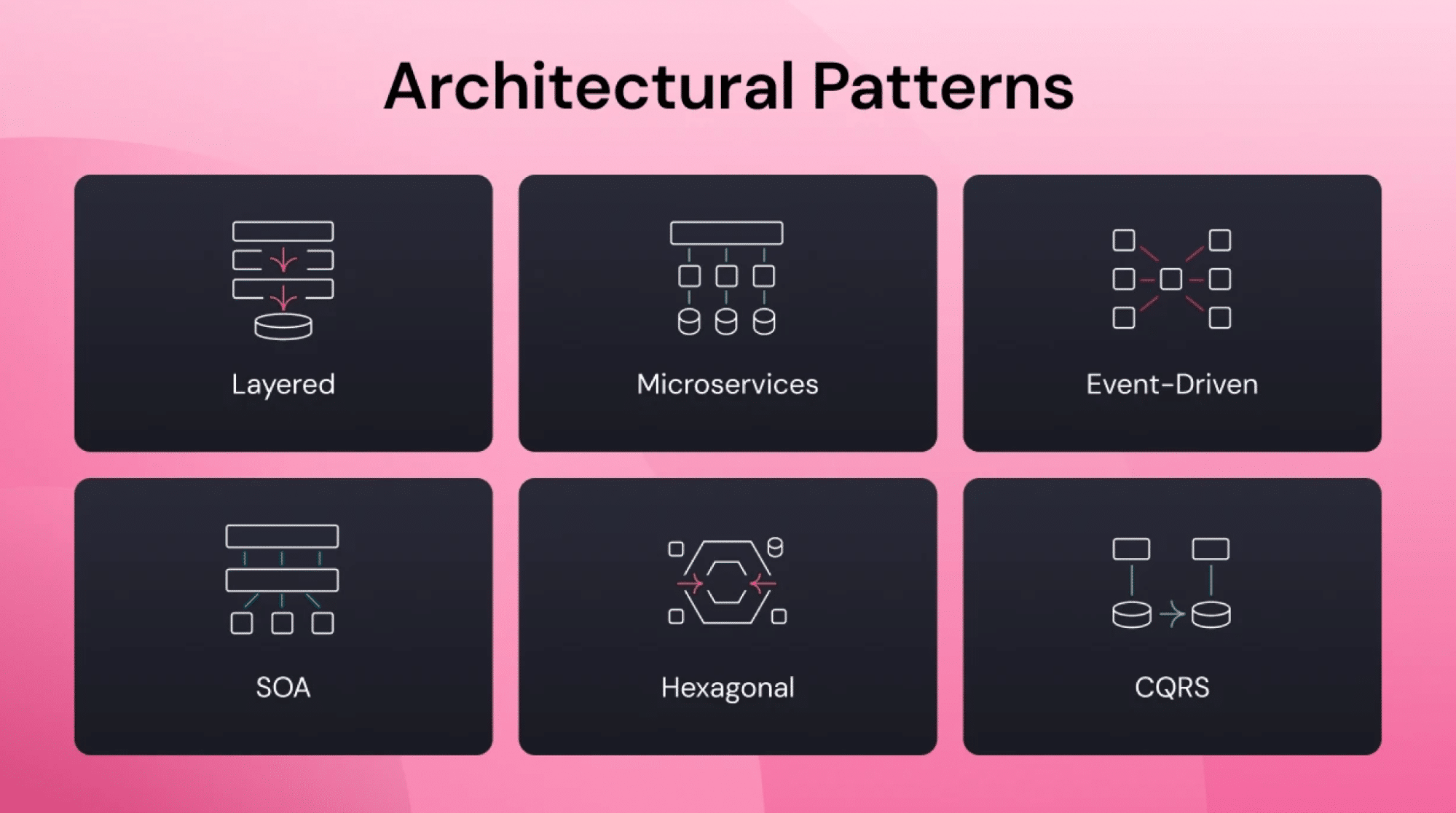
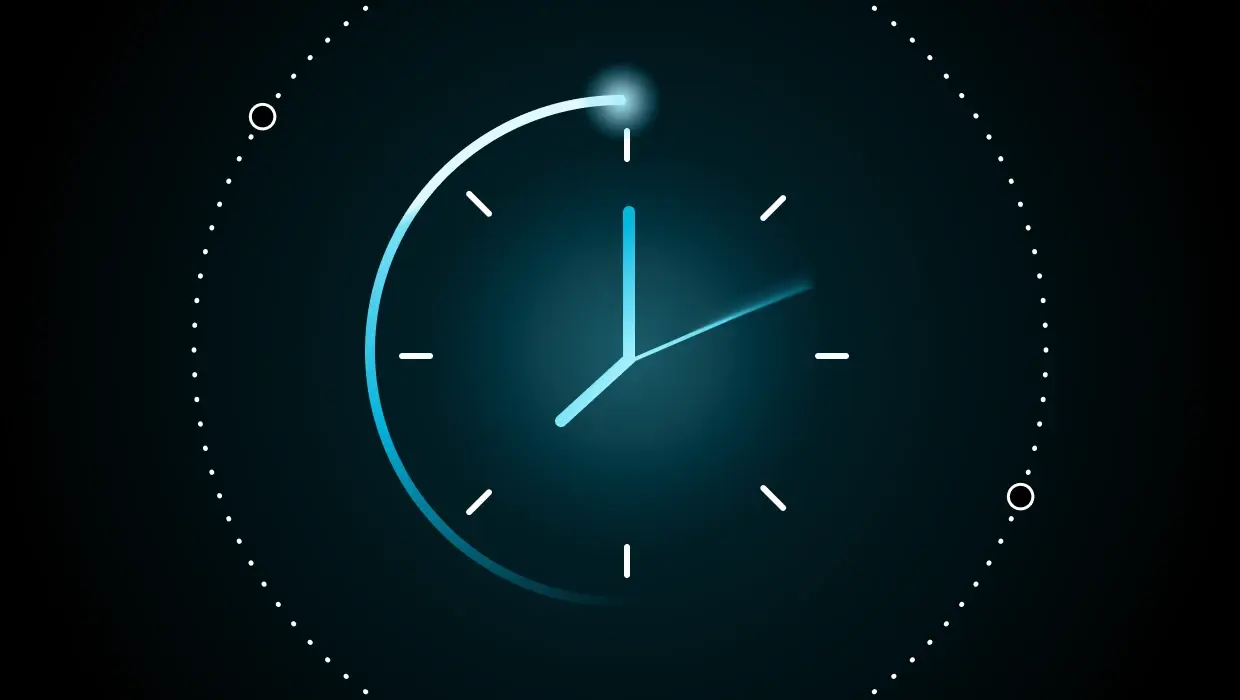
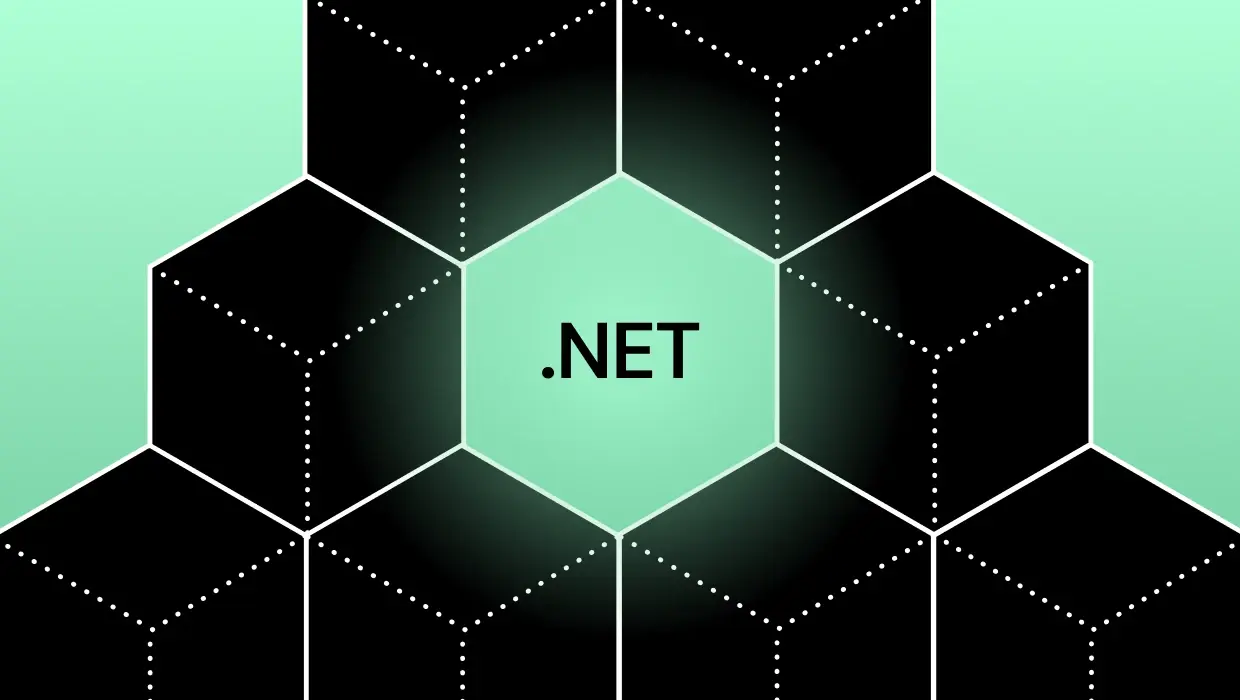

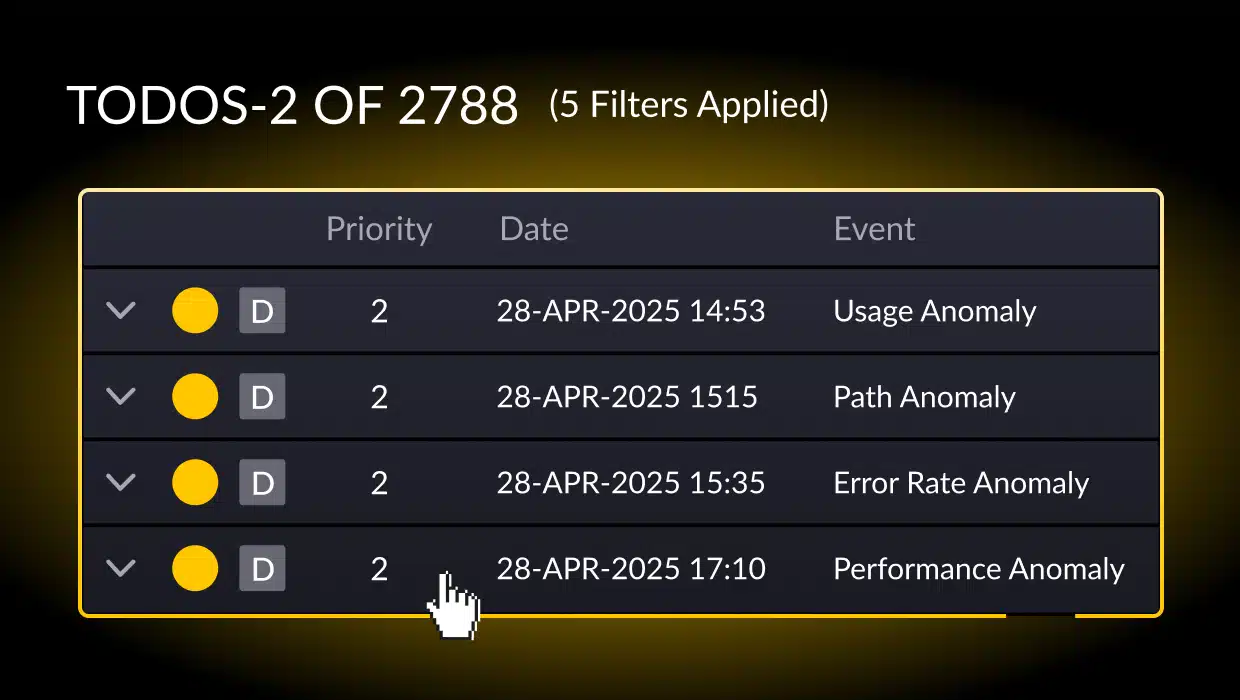
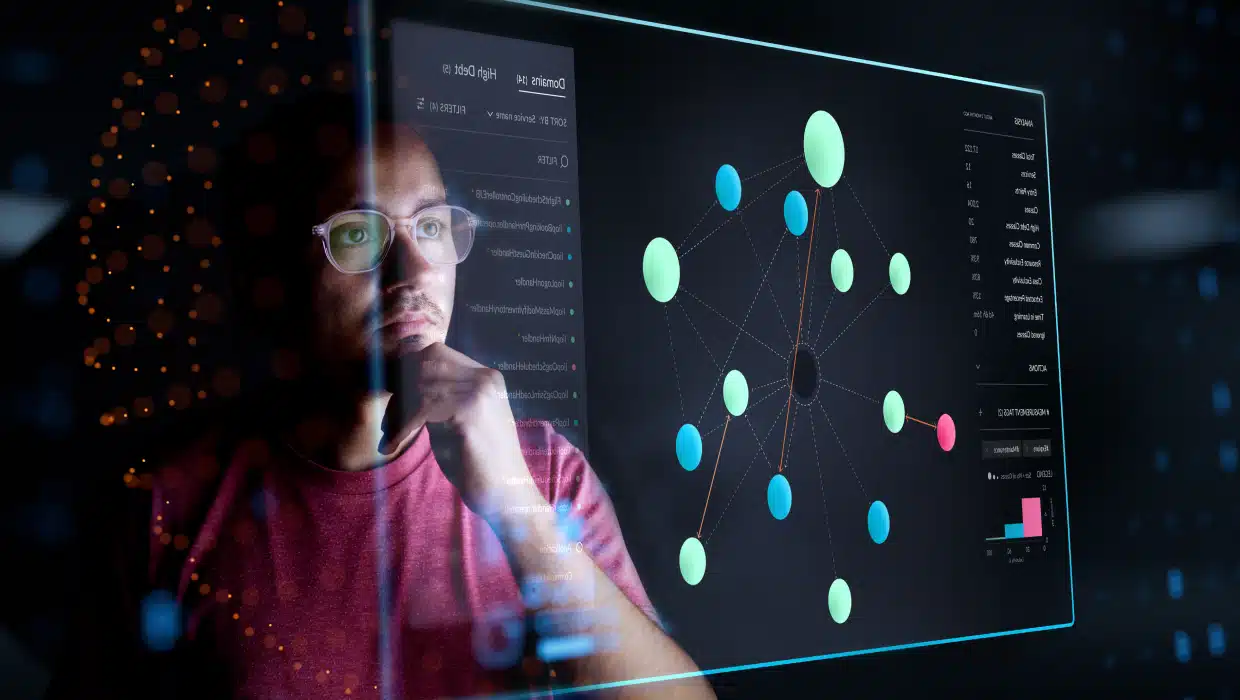
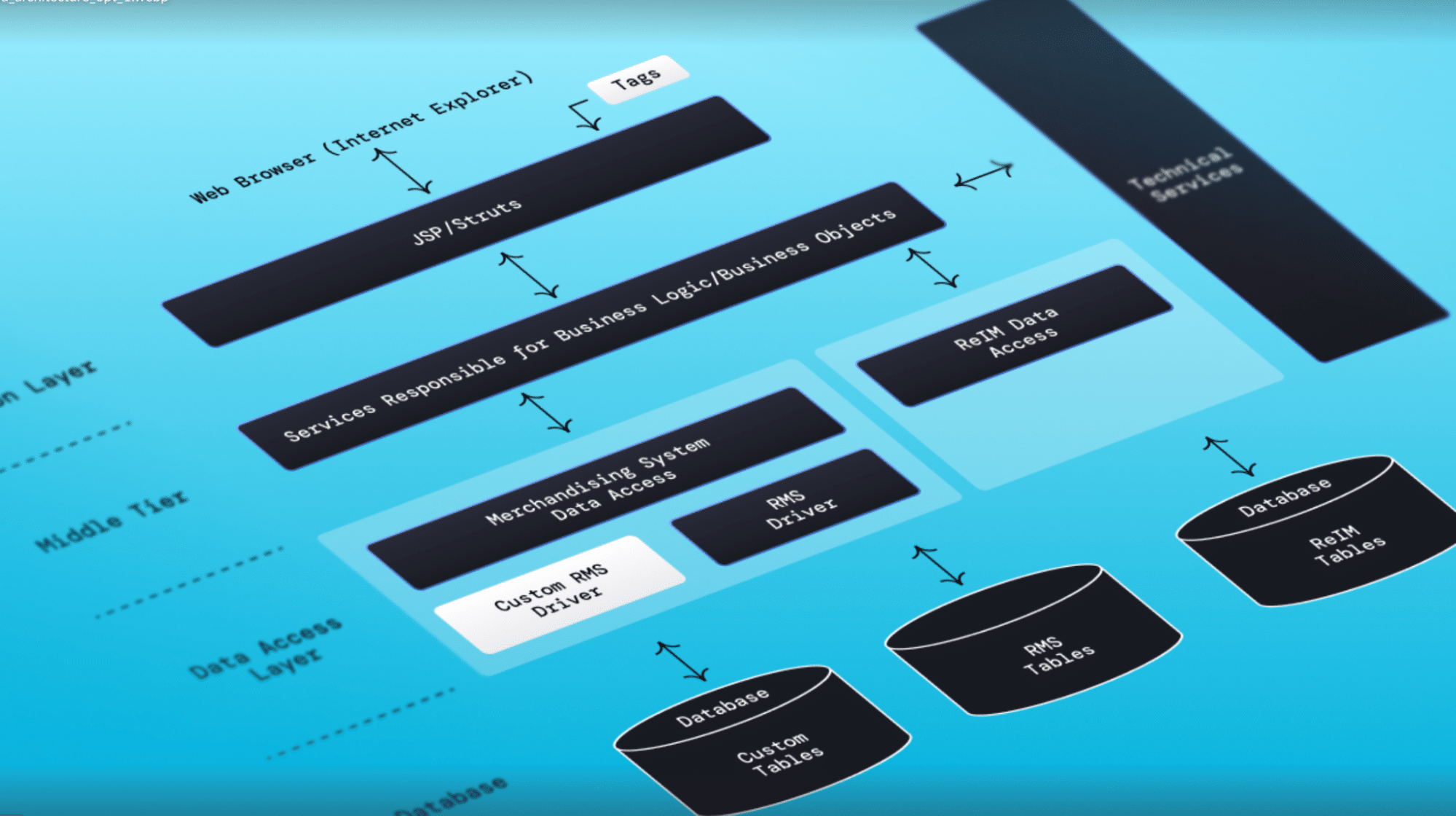
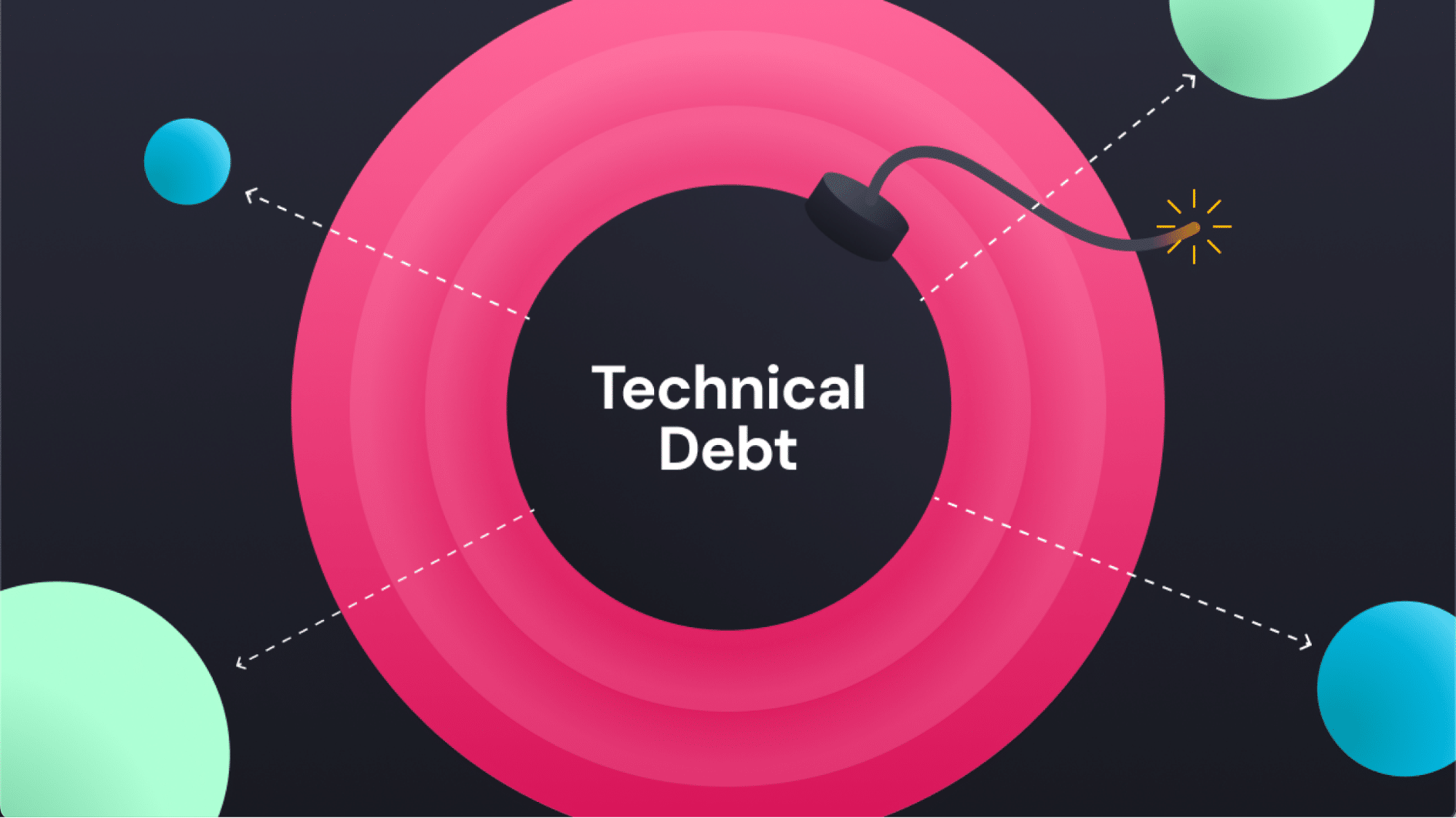
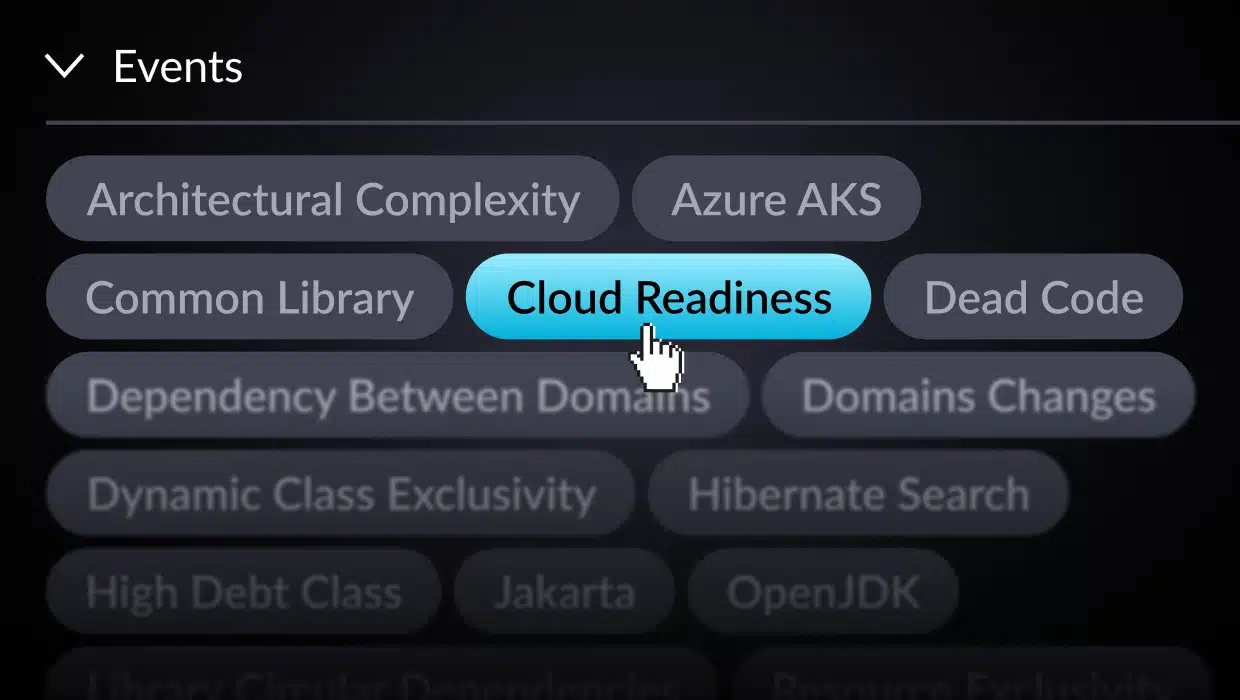
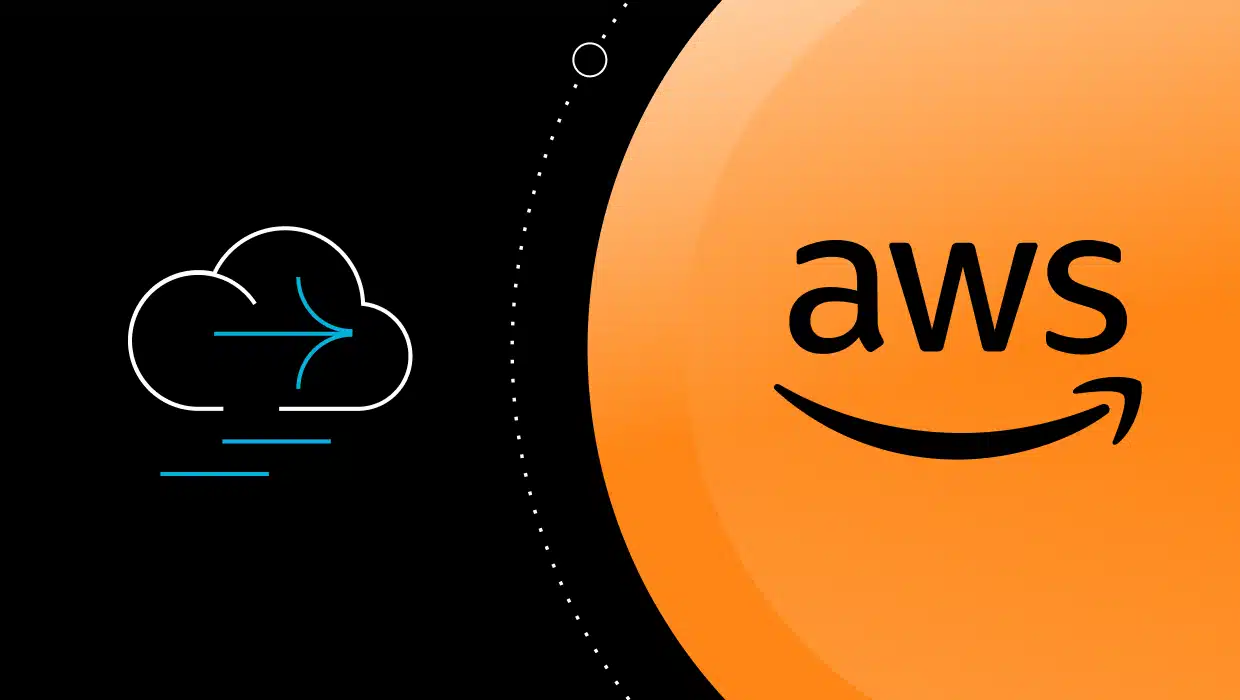
Sign up for vFunction's weekly newsletter to hear the latest news, product announcements, and access exclusive content.
Discover how vFunction accelerates modernization and boosts application resiliency and scalability.